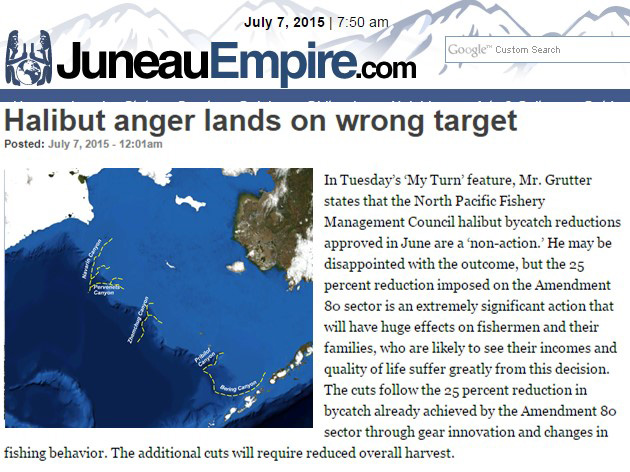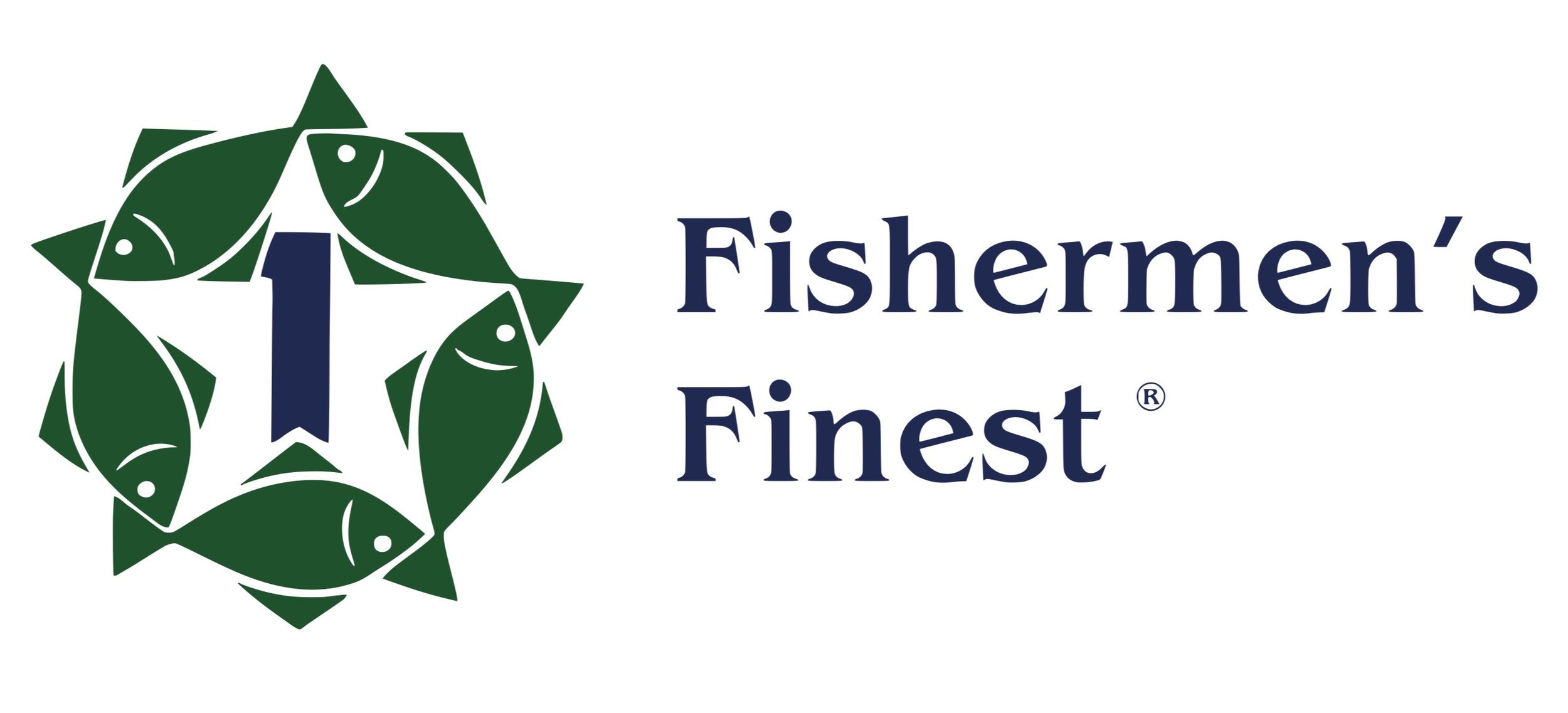Halibut Anger

Halibut anger lands on wrong target
Posted: July 7, 2015 - 12:01am
In Tuesday’s ‘My Turn’ feature, Mr. Grutter states that the North Pacific Fishery Management Council halibut bycatch reductions approved in June are a ‘non-action.’ He may be disappointed with the outcome, but the 25 percent reduction imposed on the Amendment 80 sector is an extremely significant action that will have huge effects on fishermen and their families, who are likely to see their incomes and quality of life suffer greatly from this decision. The cuts follow the 25 percent reduction in bycatch already achieved by the Amendment 80 sector through gear innovation and changes in fishing behavior. The additional cuts will require reduced overall harvest.
However, Mr. Grutter is right in feeling that the cuts don’t give him what he wants, because Bering Sea bycatch isn’t the main cause of problems in the halibut fishery. There are near-record numbers of undersize halibut in the Bering Sea and Amendment 80 fisheries take a very small (and decreasing) fraction of these fish as bycatch.
Scientists with the International Pacific Halibut Commission acknowledge that they do not know the impact of Bering Sea bycatch on halibut stocks outside the Bering Sea. They do know that halibut are growing more slowly than they have in the past, and it is taking longer to get to the IPHC-approved 32” minimum size.
If Mr. Grutter would really like to catch more fish, the answer is a lot closer to home. While Amendment 80 bycatch has been decreasing, discards in the directed halibut fishery have increased to where at least a third of the halibut, by weight, caught by directed fishermen in the Bering Sea are discarded because they are undersize. The percentage by number is much higher. Worse for the halibut fishery is that the fish they take as bycatch are those that have survived long enough to be on the edge of being harvestable by the directed fishery.
Reducing the size limit to 28 or 30 inches, as it was in the past, would give halibut fishermen access to much larger quotas. The IPHC has rejected this change, apparently believing that a couple of inches would harm the market value of fish that are already out of the price range of most US consumers.
Instead, the ‘solution’ is to slash the cap for the fishermen that have been the most responsive to halibut bycatch concerns.
Mr. Grutter is right — the cap reductions are unlikely result in any benefit to directed halibut fishermen in Southeast Alaska. But he is dead wrong if he thinks this is a non-action. It will cause real harm to other fishing families.
Lori Swanson
Groundfish Forum, Seattle
